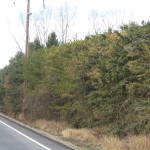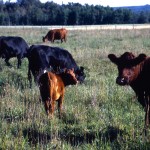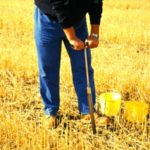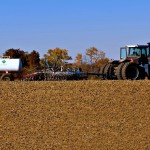
Want to plant a shelterbelt? Here are some tips
A windbreak designed for your farm site is well worth the investment, but mistakes can cause years of headaches

Keep score when it comes to your soil health
The Visual Soil Assessment scorecard can help producers identify whether their soils are degrading

Five Q and As on soil testing
Here’s what you need to know to make sure your plants have all the right nutrients
Finding the right fertilizer balance
Read more

Wet-dry cycle drives up salinity and cuts yields
Invisible soil salinity affects 22 million acres on the Prairies, cutting yields by a quarter
Read more

Good grazing management can get you through a drought
Having diverse life in and on the soil will help get your cattle through a drought year
Read more

Controlled traffic farming system can improve soil moisture levels
Once it’s in, a controlled traffic farming system can save time and money, improve yields, and reduce soil compaction
Read more

Stick to deep banding — not shallow banding — when applying nitrogen
In order to reduce nitrogen losses, producers need to deep band their fertilizer, use enhanced-efficiency products, and follow the 4R nutrient stewardship principles
Read more

Be bold and dream big, says legendary plant scientist
The father of farmers’ biggest money-maker says crop scientists are just getting started
Read more

The road to better soil health comes from a change in attitude
Spend lots of time digging holes and looking at soil in your fields, says Quebec researcher
Read more

